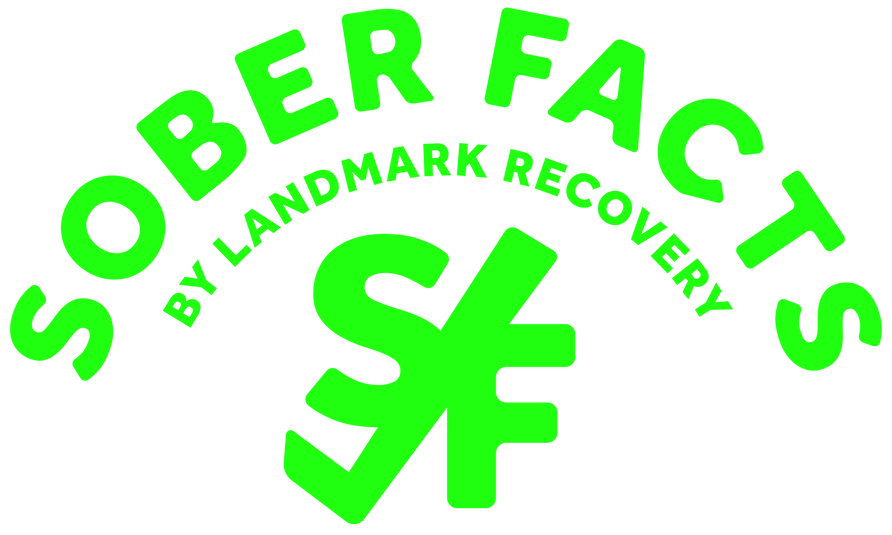Choosing recovery close to home means your support system is just a few miles away.
- 100% Confidential
- Available 24/7
- No Pressure to Commit
- Multiple Financial Options Available
Choosing recovery close to home means your support system is just a few miles away.

Sounds Like: nar.can
Classification: opioid antagonist
Controlled Substance Act Schedule: Rx-only
Other names for Narcan
Narcan is a completely harmless, life saving drug. You can’t become addicted to it and it has no effects on a person unless they’re on an opioid drug. Narcan was developed off the back of research funded by National Institute on Drug Abuse (NIDA) back in 2015. By 2019, a generic naloxone nasal spray was also approved by the FDA giving consumers more market choice. A Narcan sprayer requires no assembly, and the drug is sprayed into one nostril while patients lay on their back. Once Narcan is used on a patient who is going through an opioid overdose, it will reverse the sedative effects of the drug and restore the individual to a natural breathing rhythm.
Need help with Narcan or another drug addiction?
Call Landmark Recovery and speak with an admission specialist today.
Call NowWe're available 24/7 to help you find Recovery
Narcan, or naloxone hydrochloride, is an opioid antagonist designed to rapidly reverse and stop the life-threatening effects of an opioid overdose. An opioid antagonist means that it will bind to opioid receptors in the brain and reverse or block the effects of other opioids. Common examples of opioids include morphine, codeine, oxycodone, hydrocodone, fentanyl and heroin. It will quickly restore normal respiration to a person whose breathing rate has slowed or stopped because of overdosing on opioids. The medicine can also reverse the sedative effects and unconsciousness that are common during opioid overdoses.
Narcan was developed to be used at home without the need for medical training. If you suspect that someone has overdosed on opioids, you may need to administer Narcan. To administer Narcan, remove the packaging for the device and hold it with your thumb on the bottom of the plunger and two fingers on the nozzle. Then, place and hold the tip of the nozzle in either nostril and press the plunger to release the dose into the patient’s nose. If breathing does not return to normal after two to three minutes, give the person an additional dose of Narcan in the other nostril using a new device.
It should be noted that Narcan is not a substitute for medical care and that you should always call 911 as soon as possible, even if the person wakes up and becomes conscious again.
Identify the Overdose — Opioids will suppress the body’s breathing rate. If you notice this, try calling the person’s name or rubbing your knuckles on their chest. If there is no response, the person may be experiencing an overdose.
Call 911 — It is important to get professional help as soon as possible. Make sure to call 9-1-1 and give a clear address and location. Tell the operator that the person is unresponsive and not breathing or having difficulty breathing.
Give Rescue Breaths — Giving a person who is experiencing an overdose basic CPR can be an effective way to deal with the situation. Be sure that nothing is in the person’s mouth that is blocking breathing, place one hand on the person’s chin, and tilt the head back. Pinch their nose, administer two slow breaths, and look for the person’s chest to rise.
Give Naloxone — It is best to follow the specific instructions set out on the form of naloxone that you have. Following the administration of naloxone, continue to give rescue breaths at a rate of one breath every five seconds.
Wait for Help — Stay with the person, even if their breathing returns to normal. Wait until paramedics arrive.

The medicine is non-habit-forming and has virtually no effect on people who are not overdosing. Naloxone is an extremely safe medication that only has a noticeable effect on individuals who have opioids in their system. Individuals who receive Narcan for an overdose should be observed constantly until emergency care services arrive and be medically supervised for at least two hours after the medication is administered. According to former U.S. Surgeon General Jerome Adams, naloxone is effective at reversing the effects of an opioid overdose.
Adams stated, “Expanding the awareness and availability of this medication is a key part of the public health response to the opioid epidemic. Naloxone is a safe antidote to a suspected overdose and, when given the time, can save a life.”
Narcan is non-habit-forming.